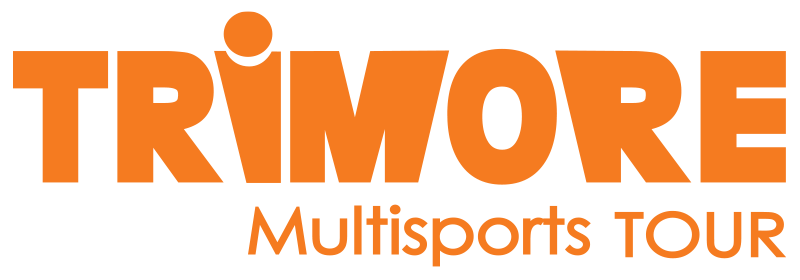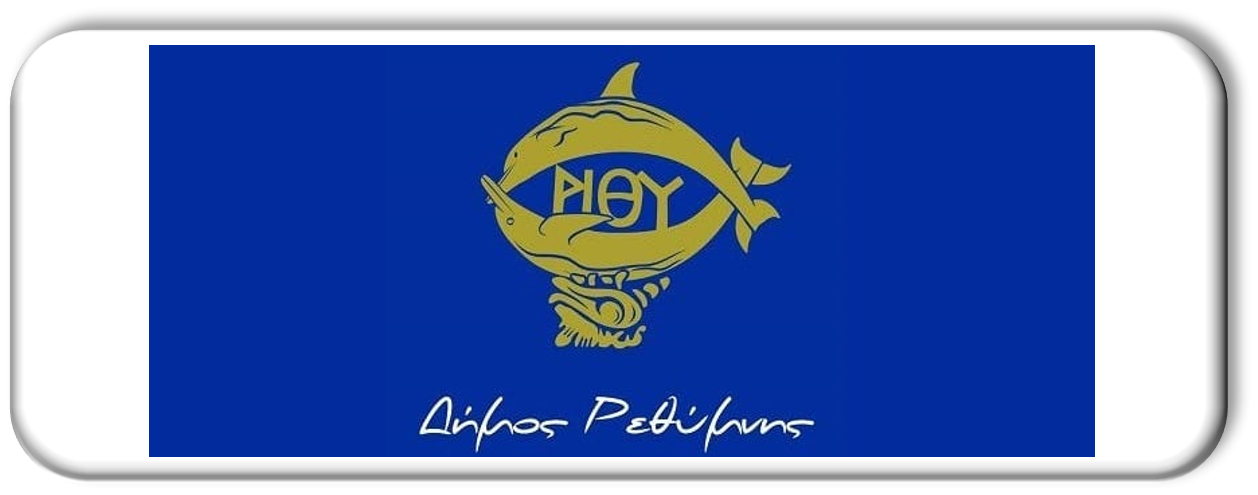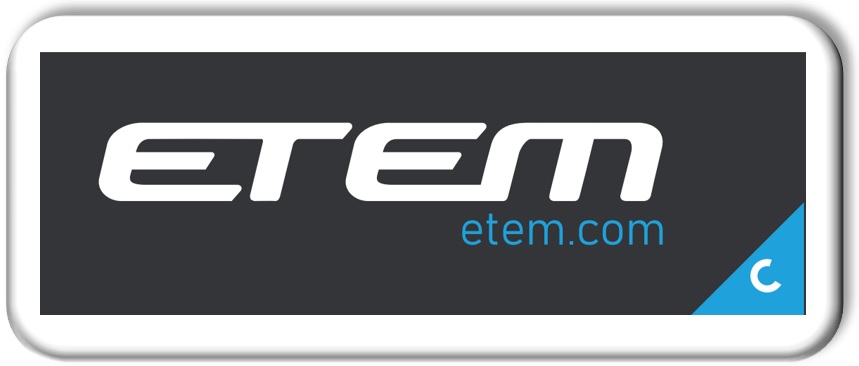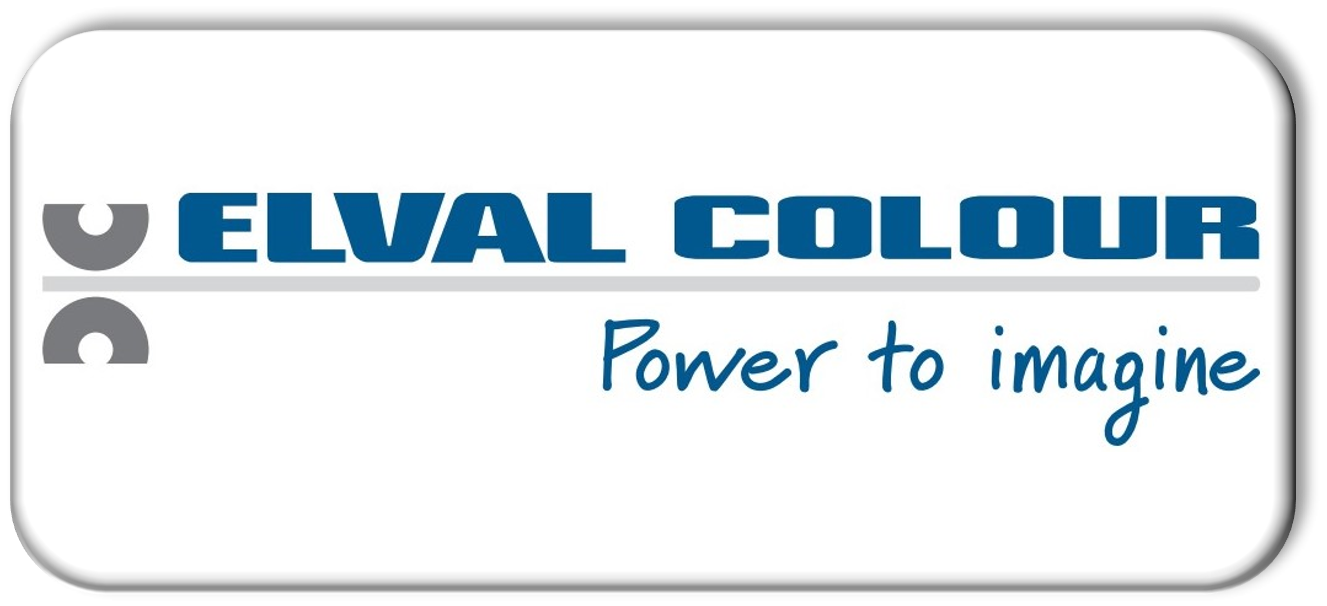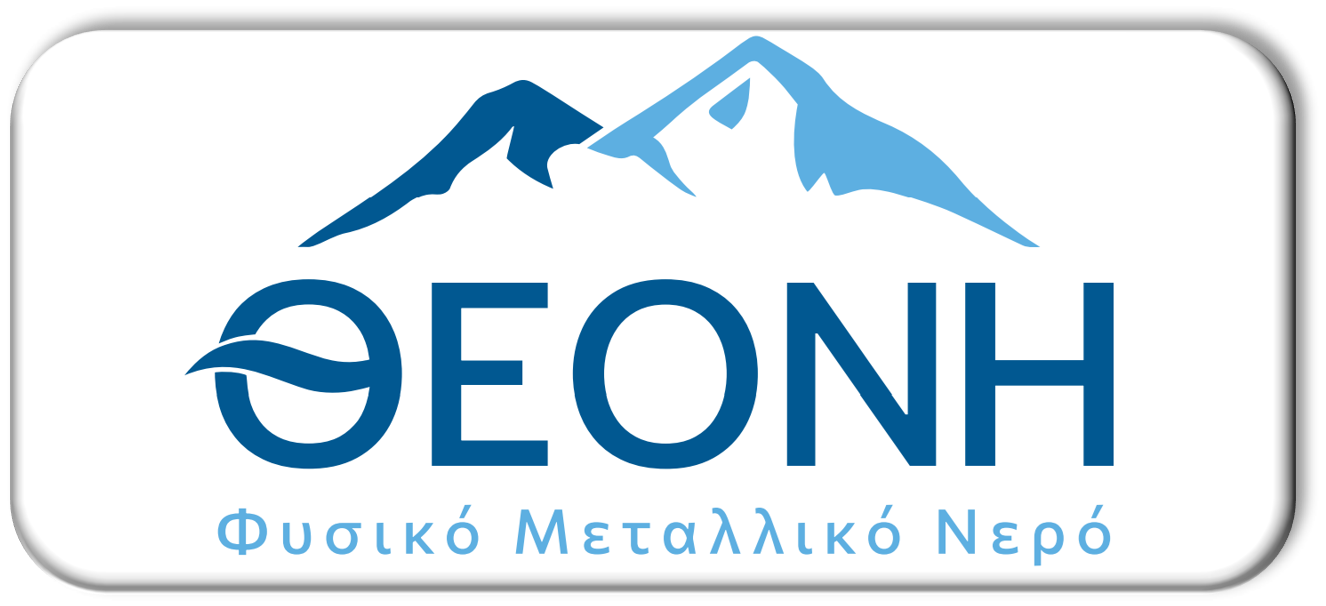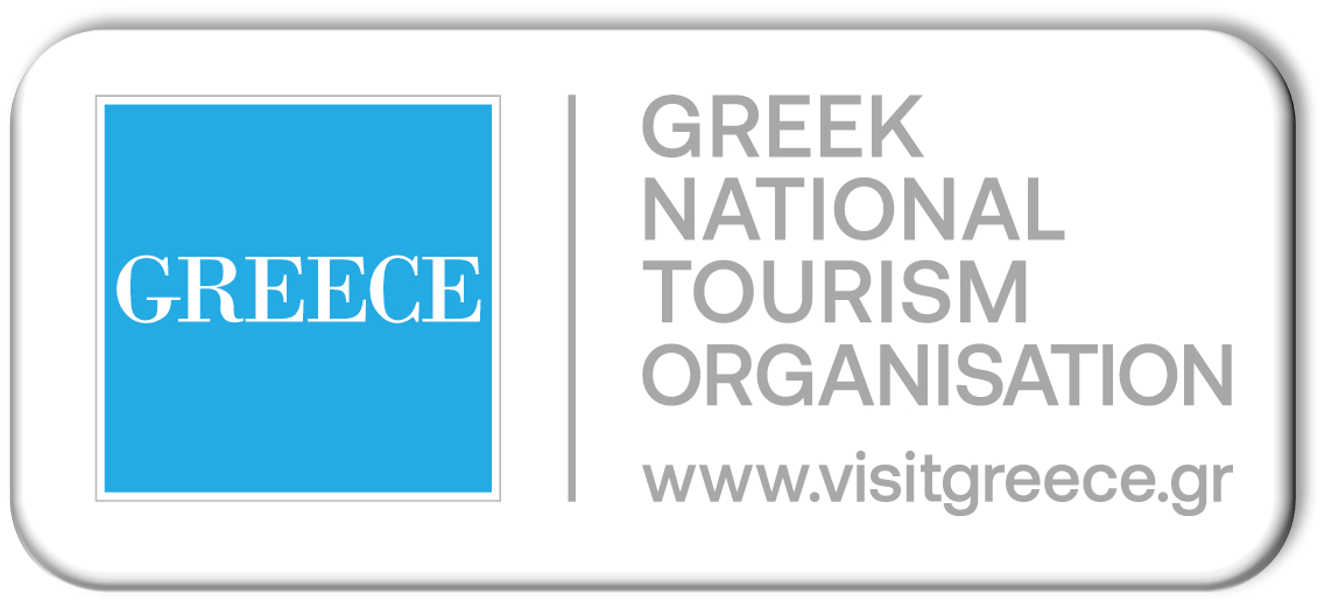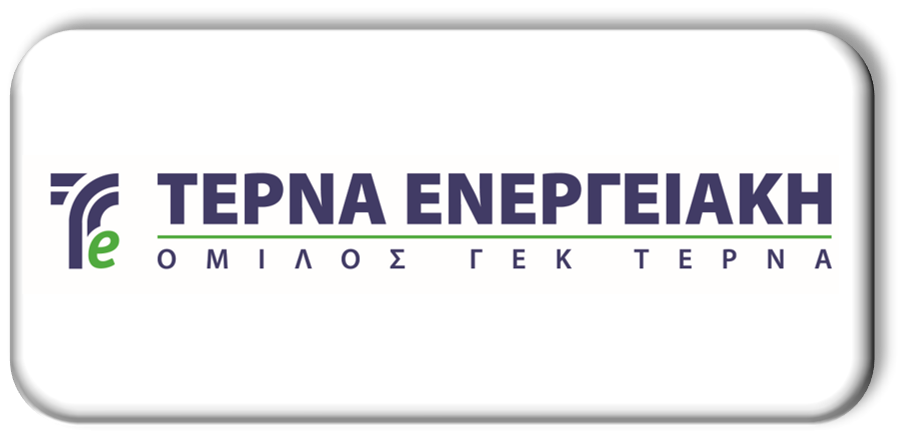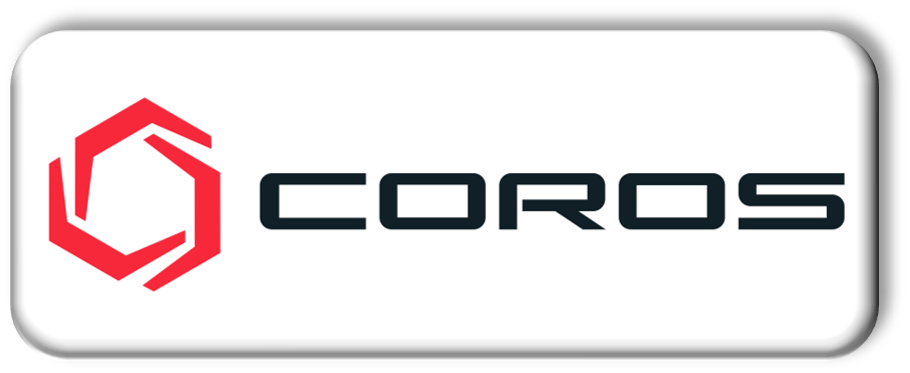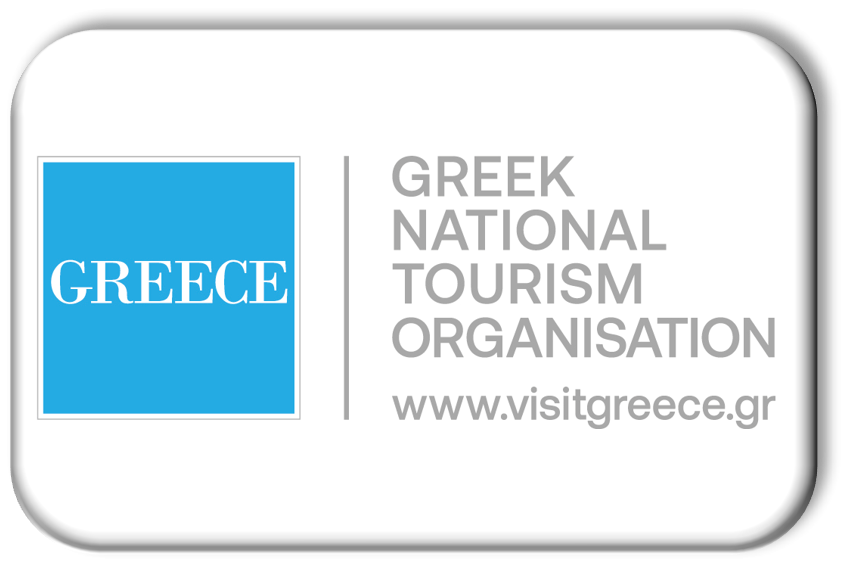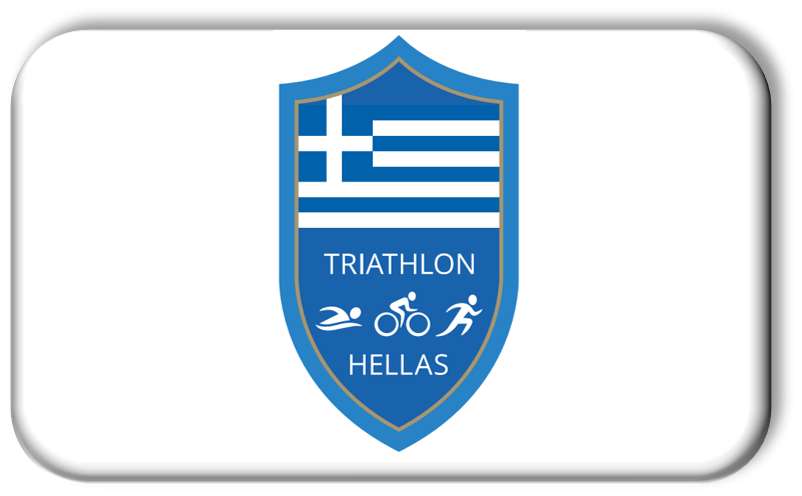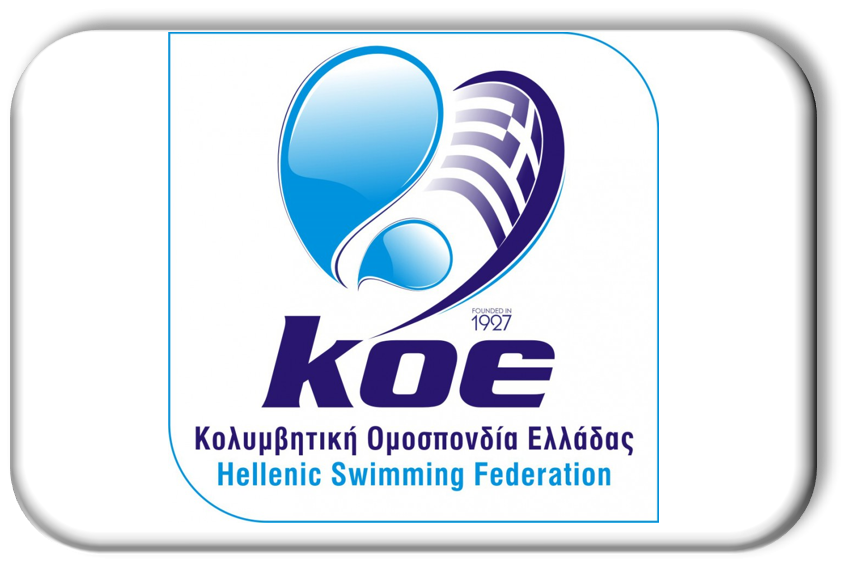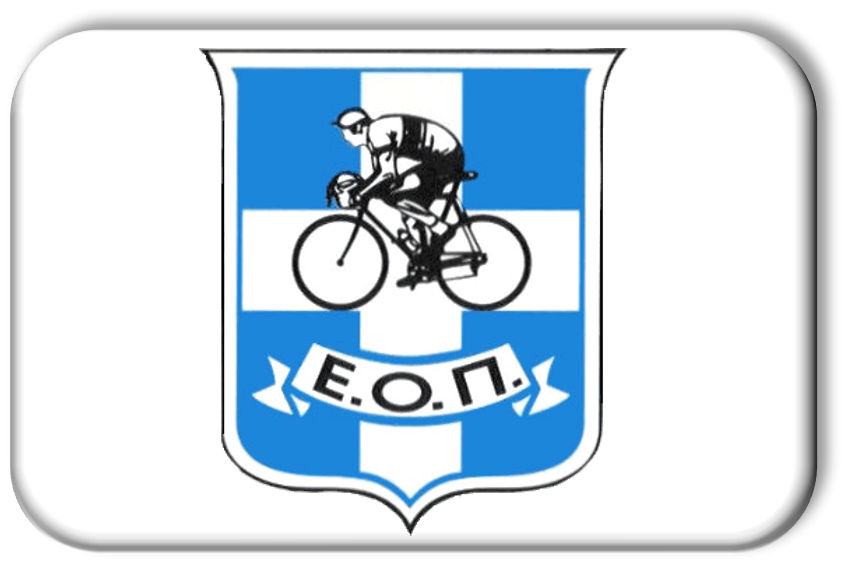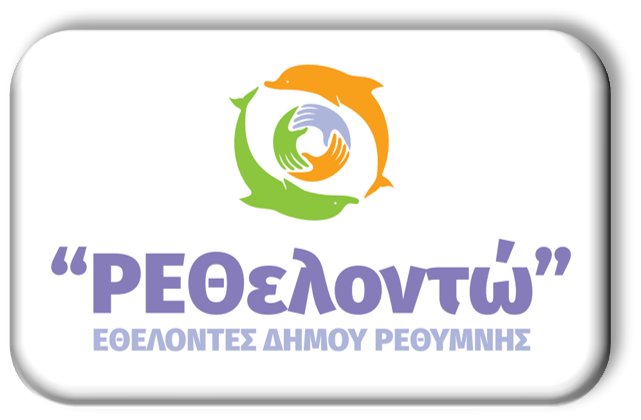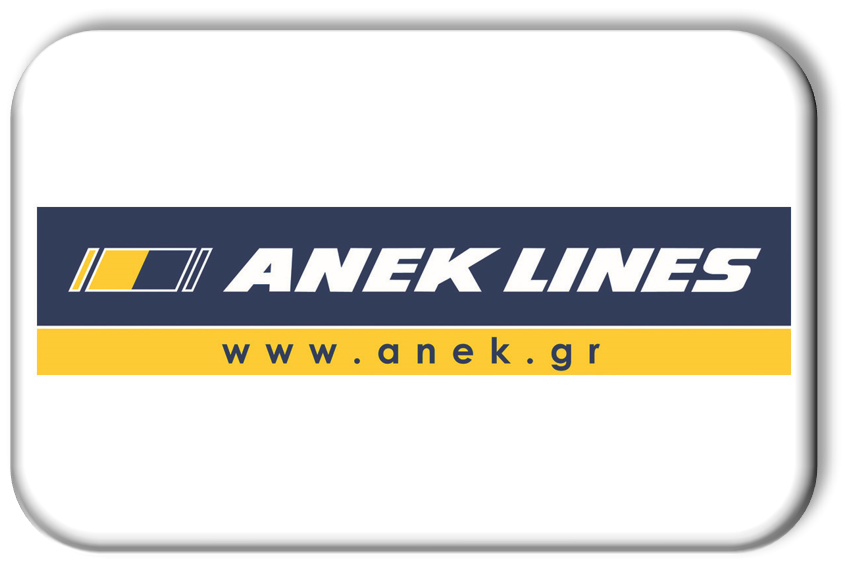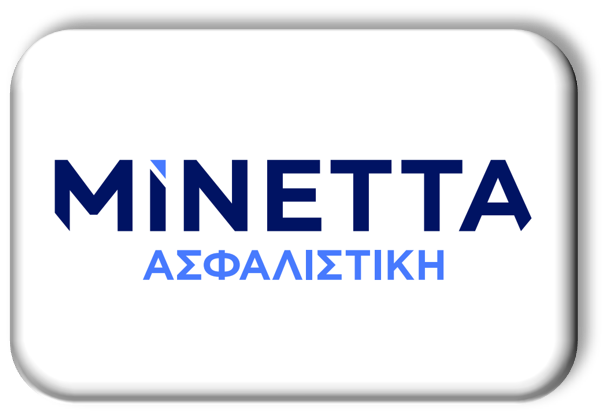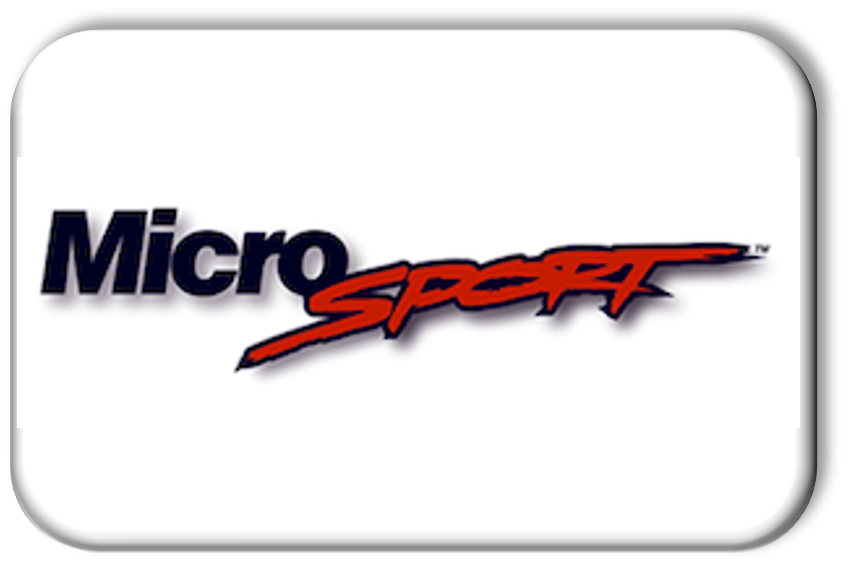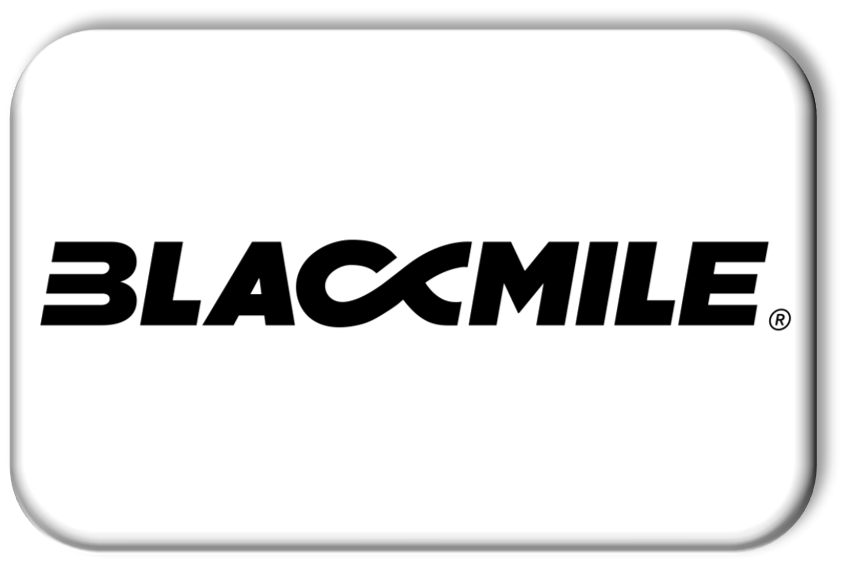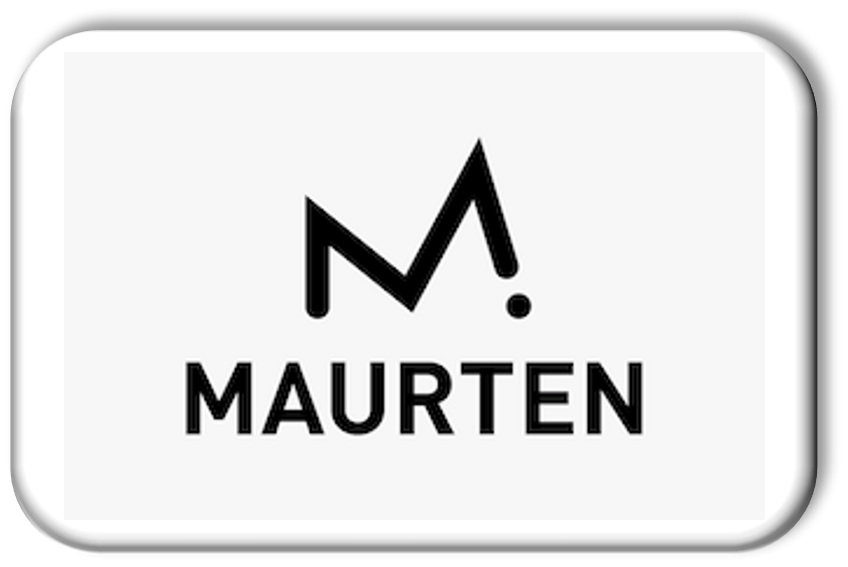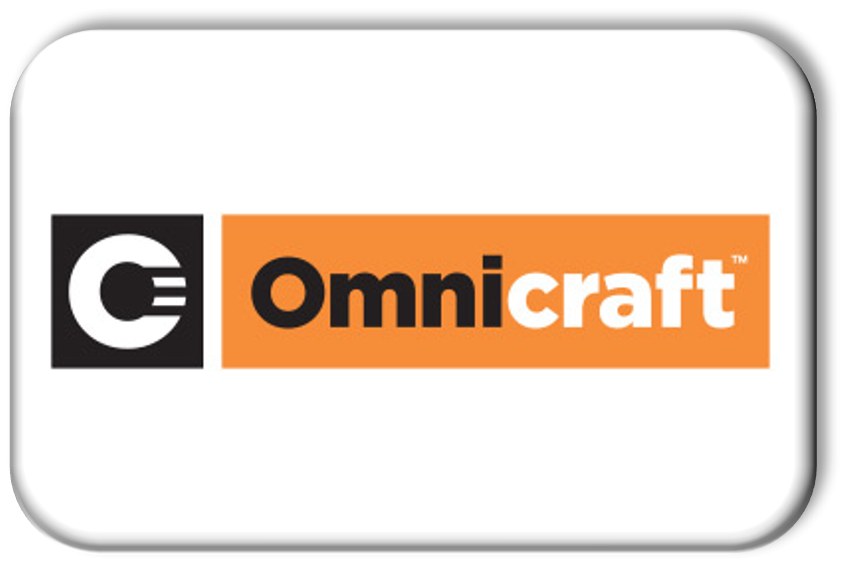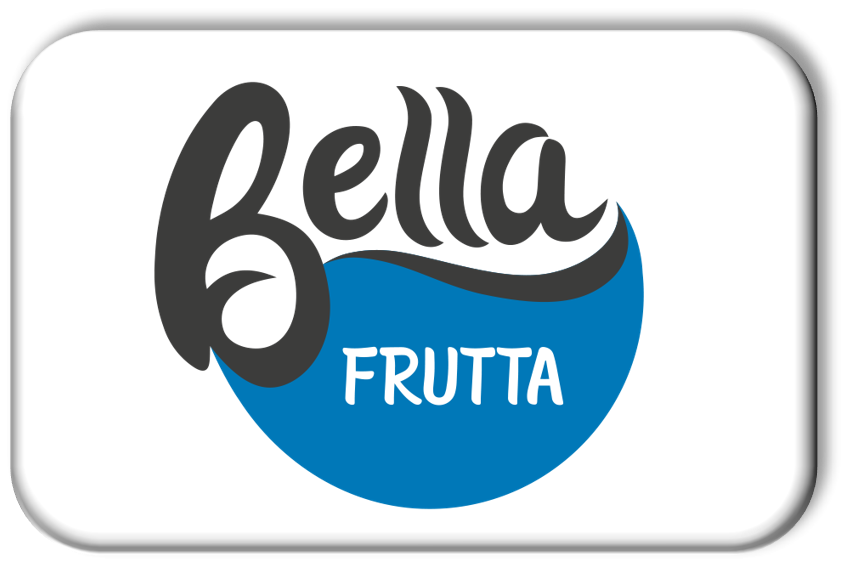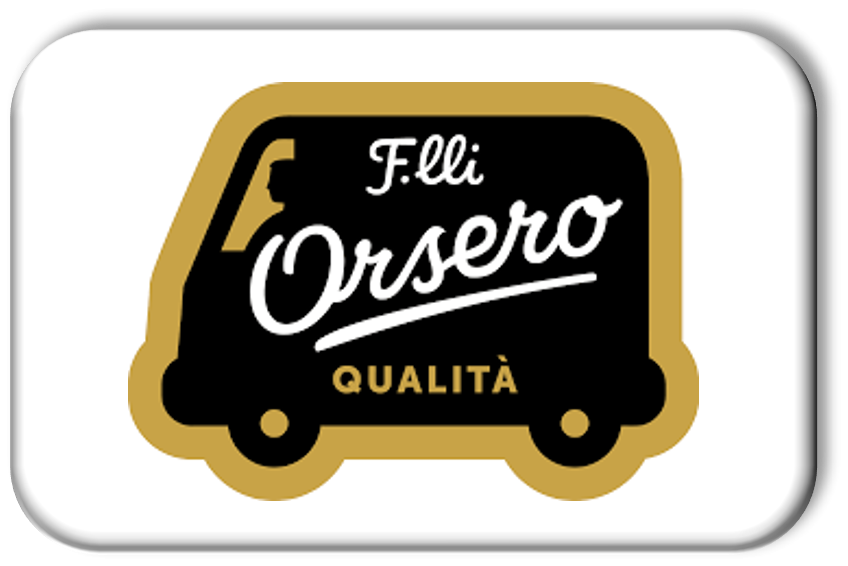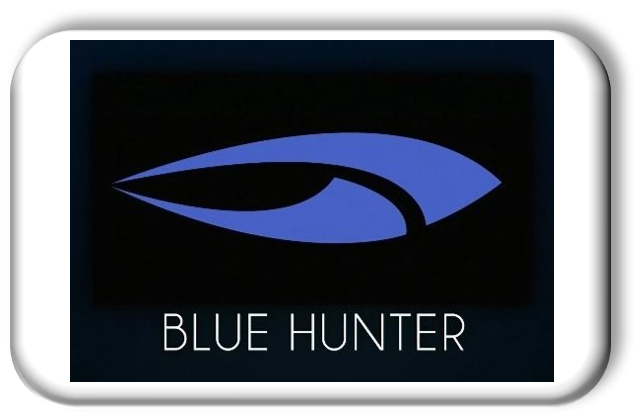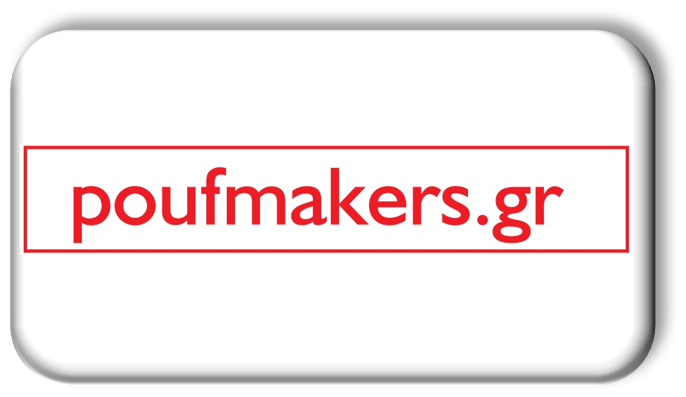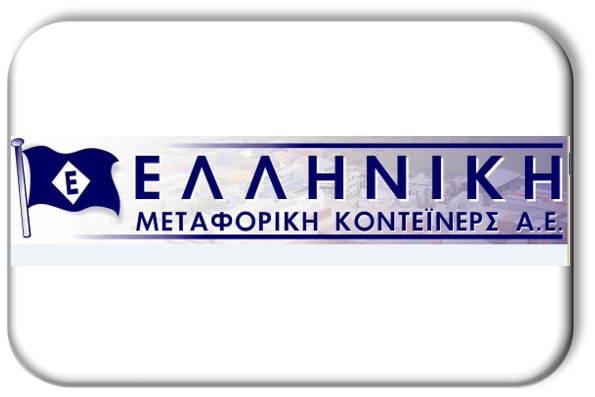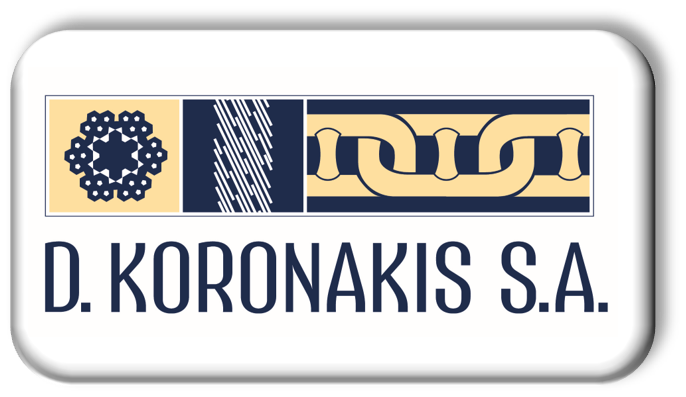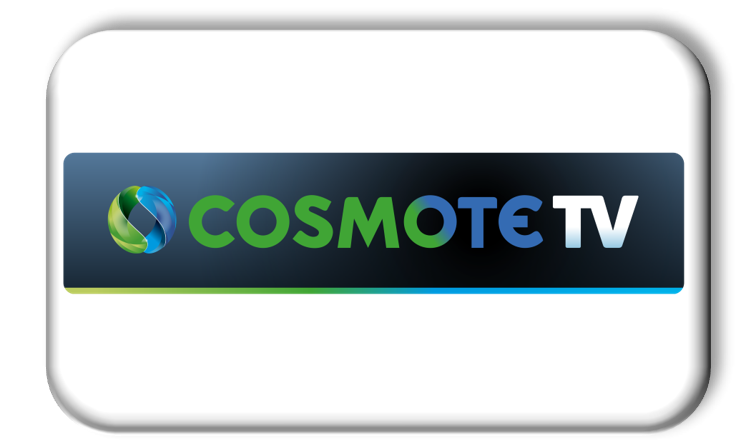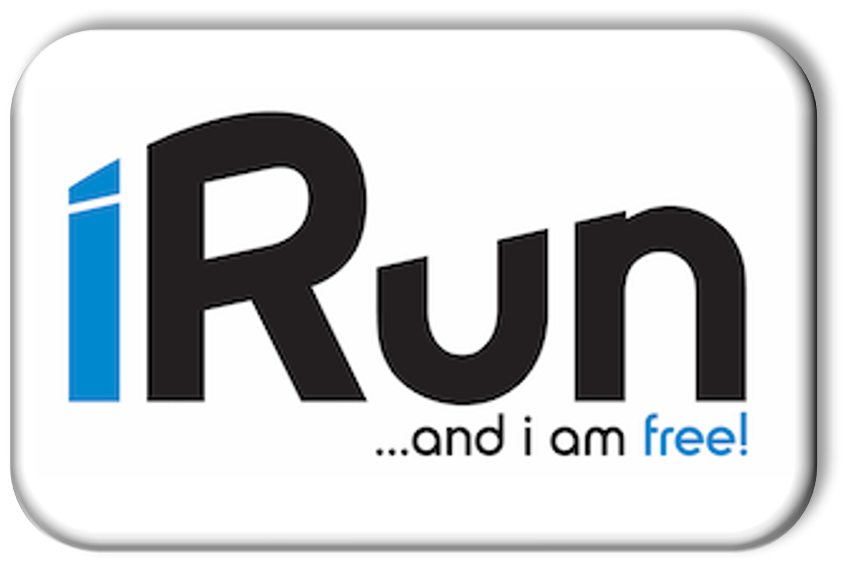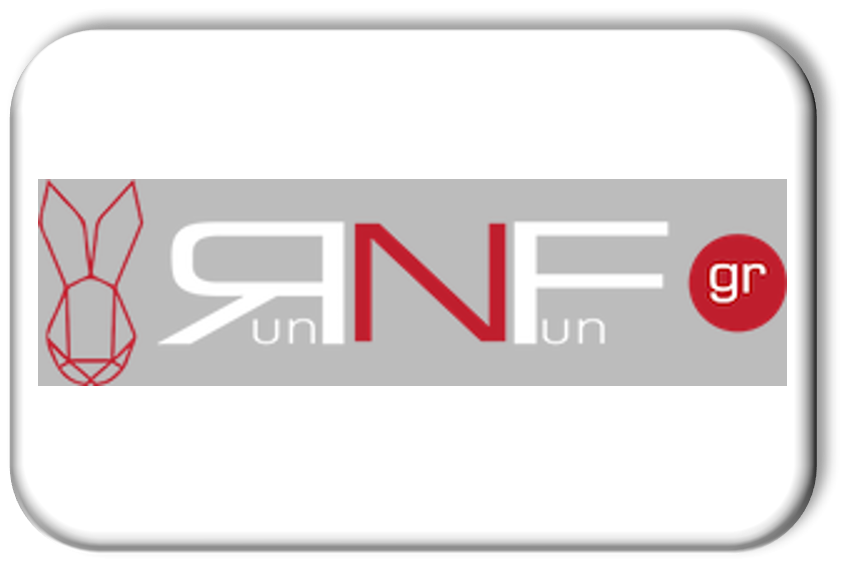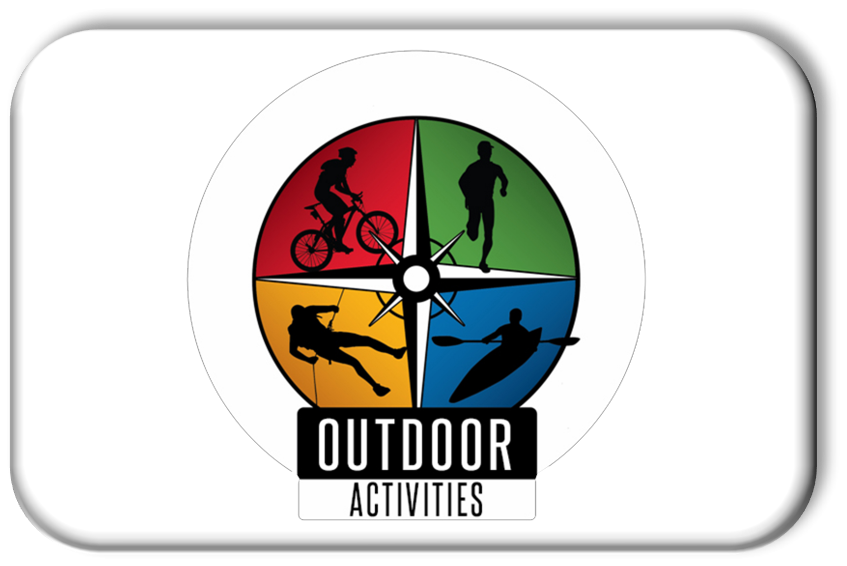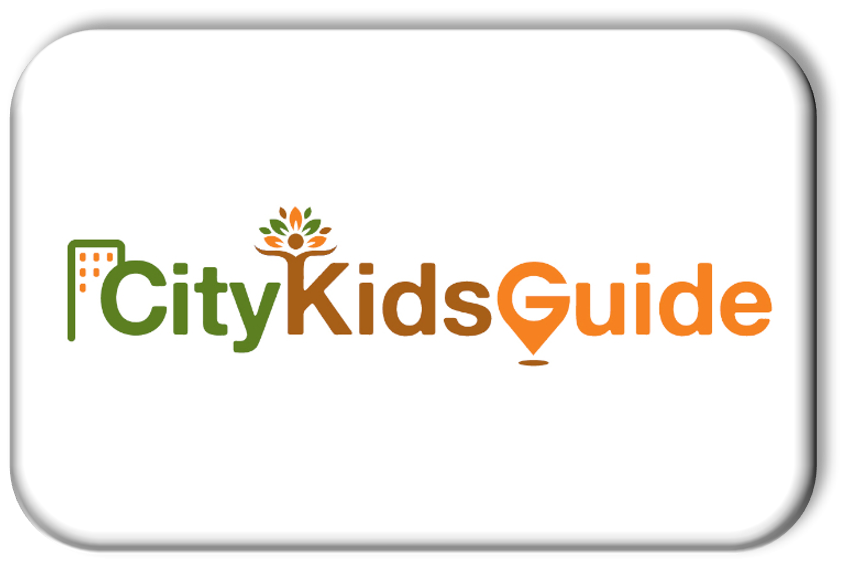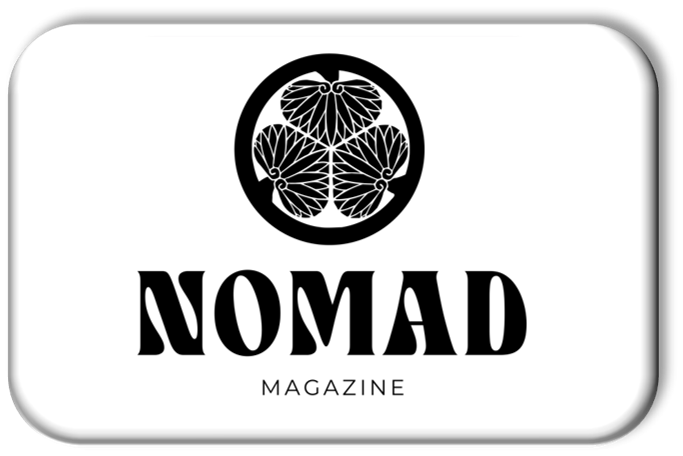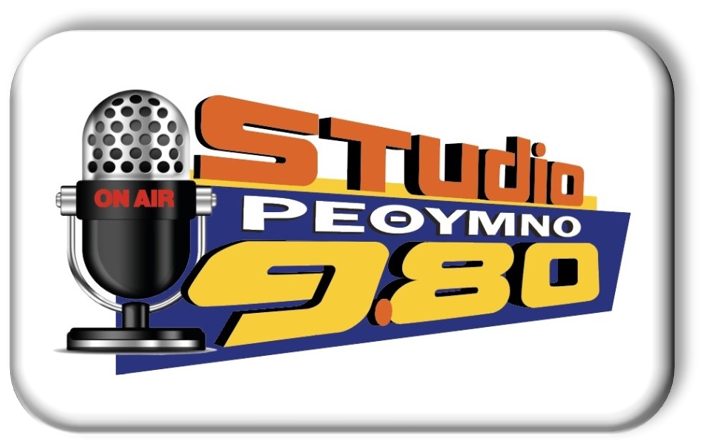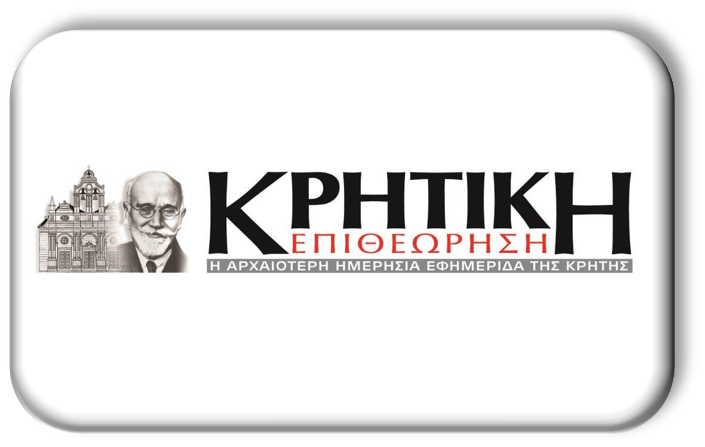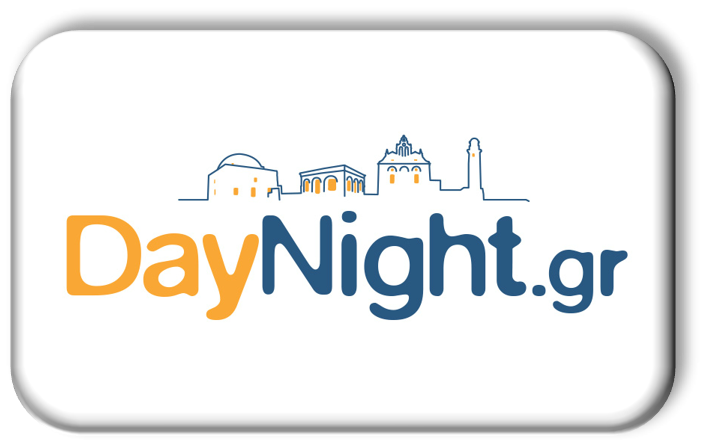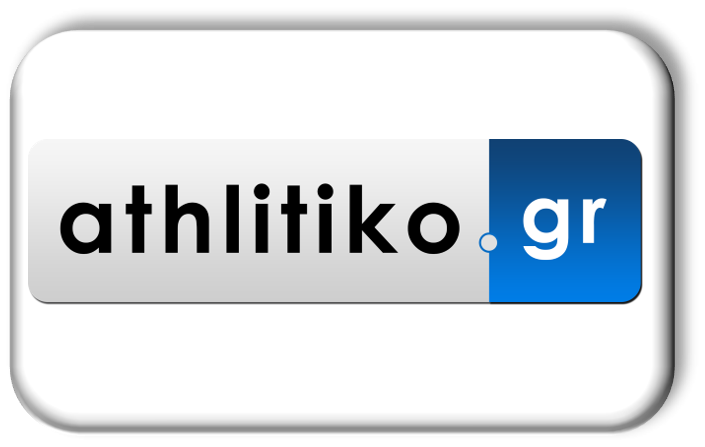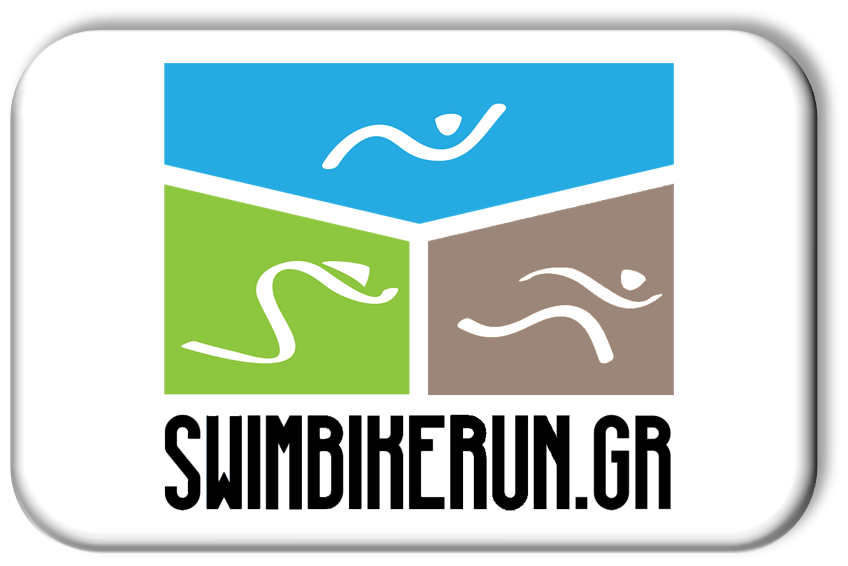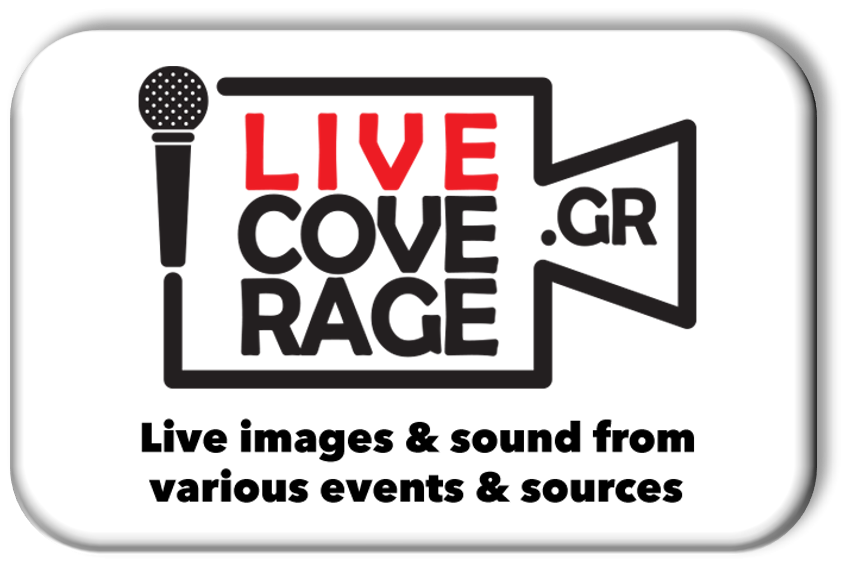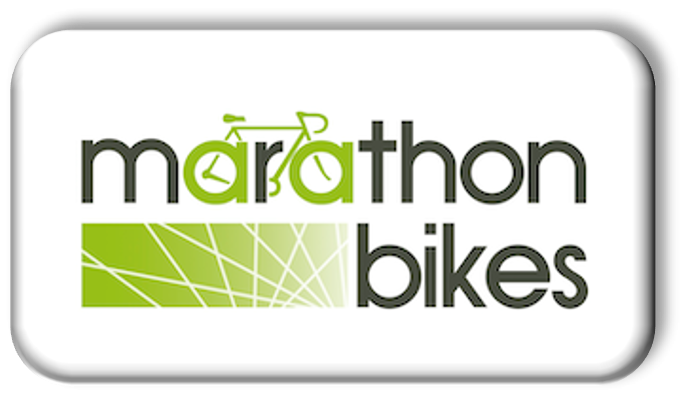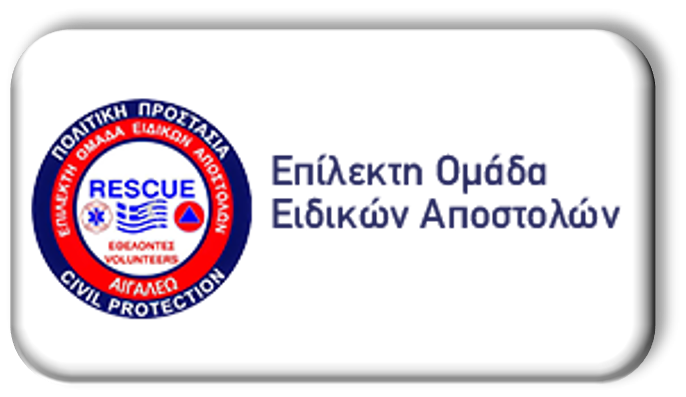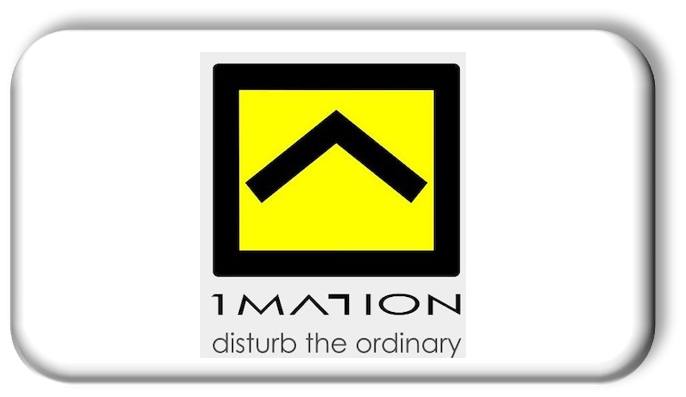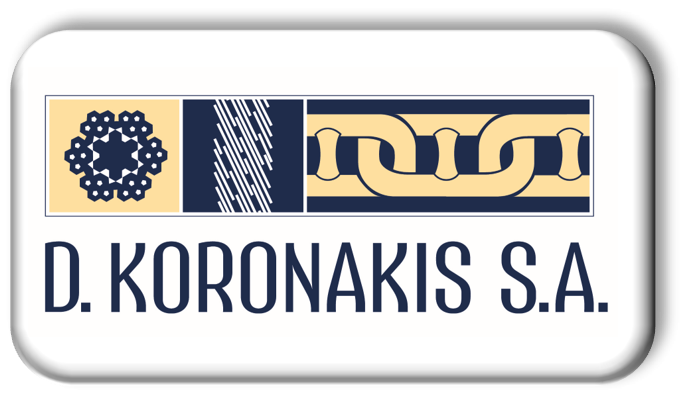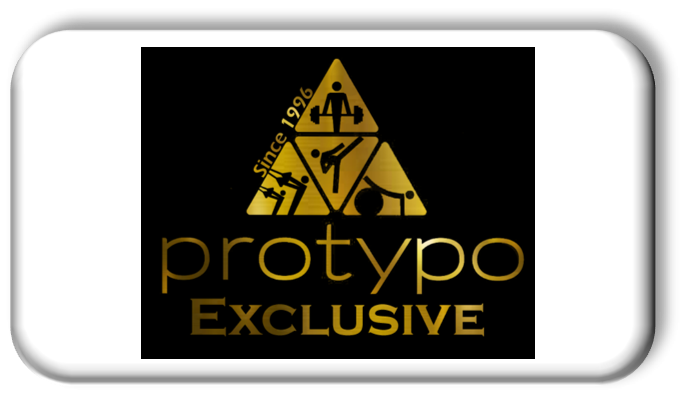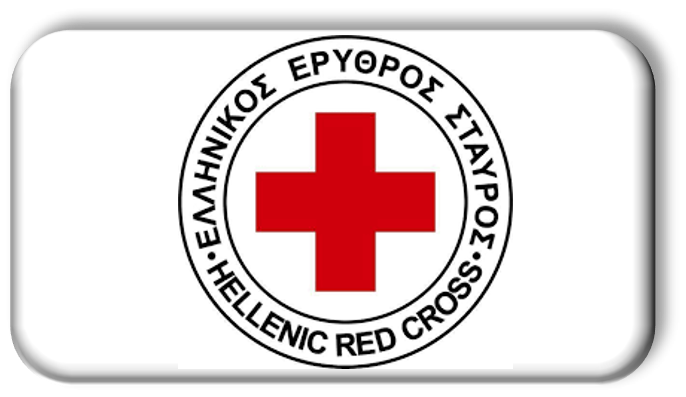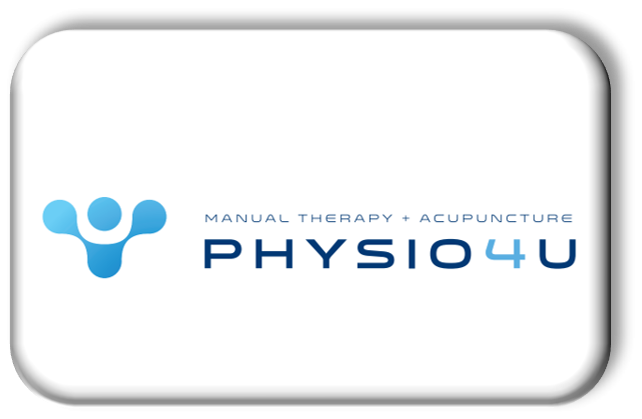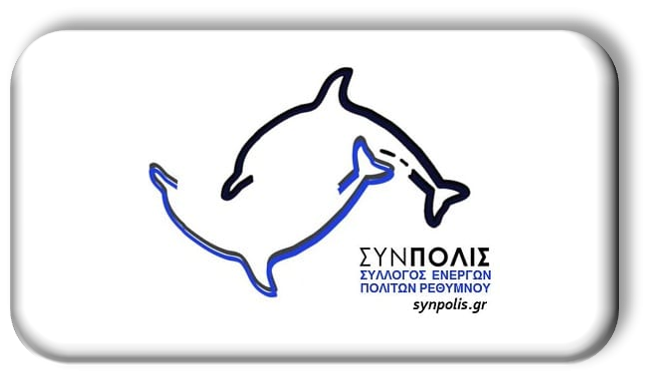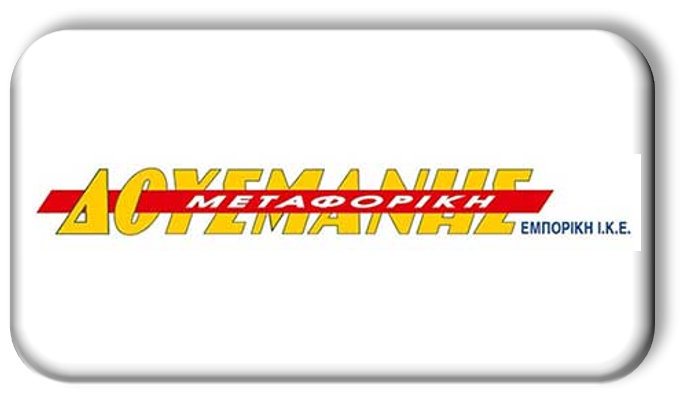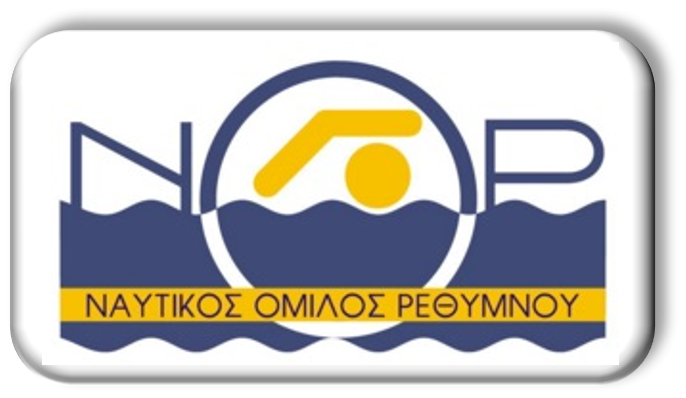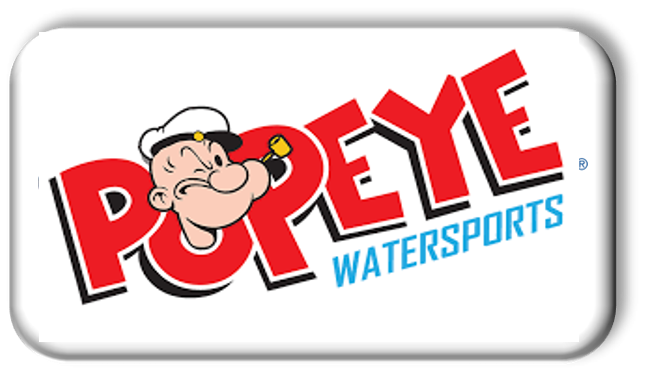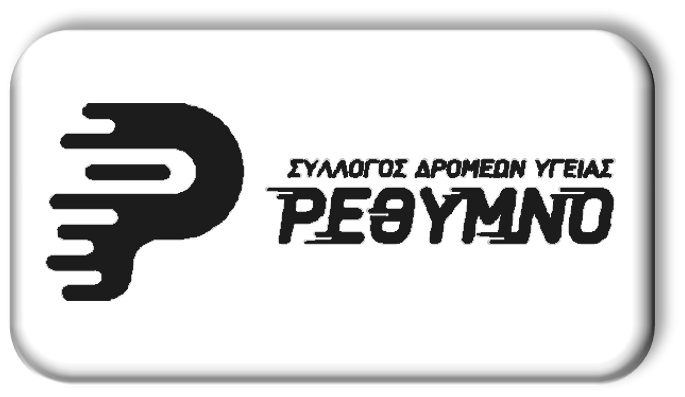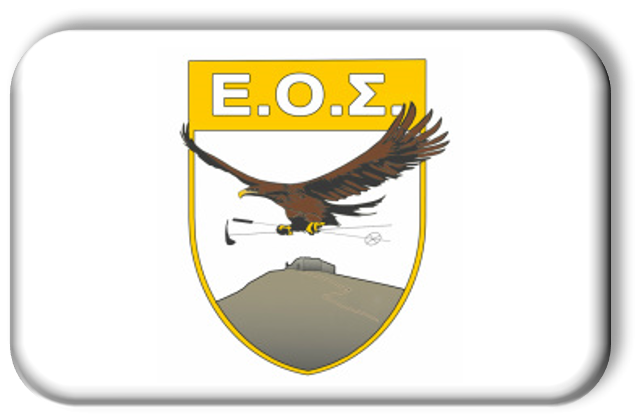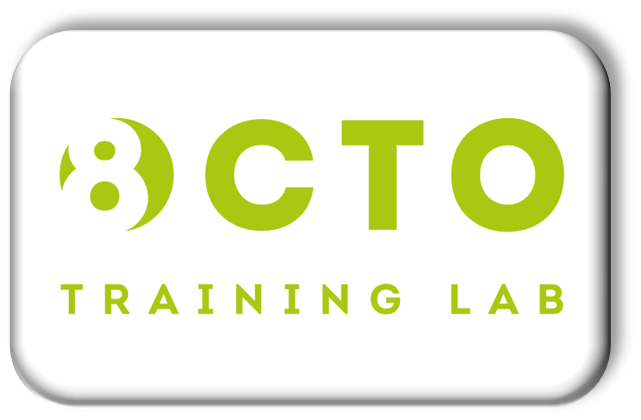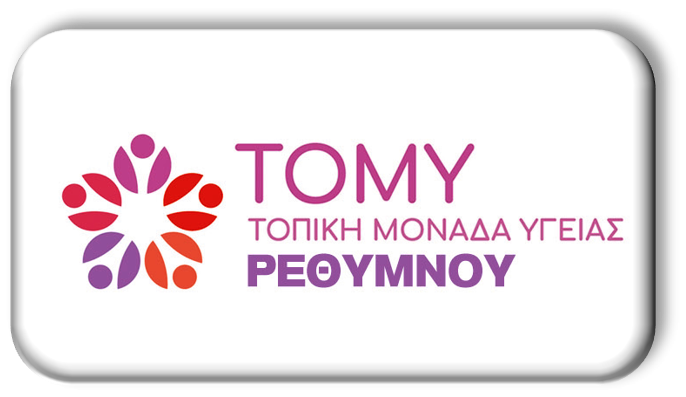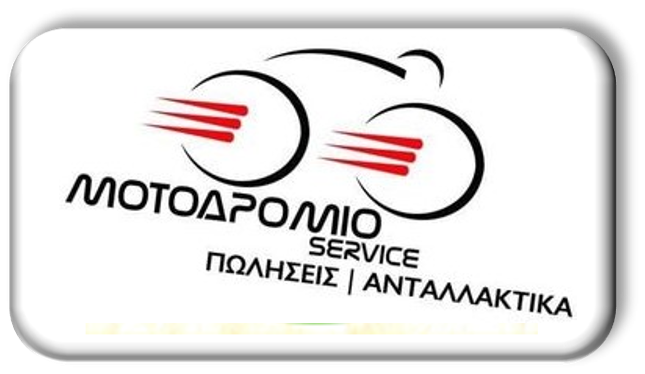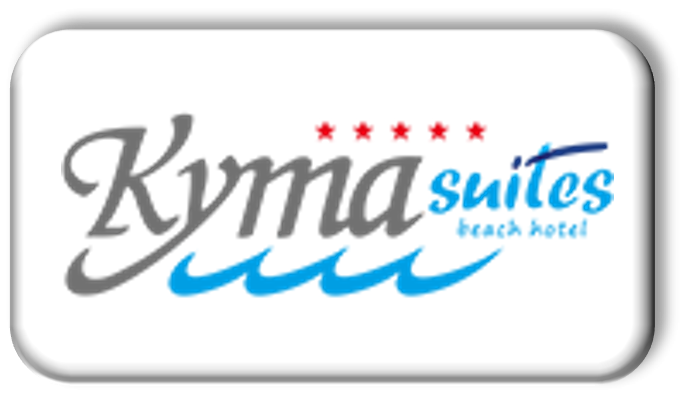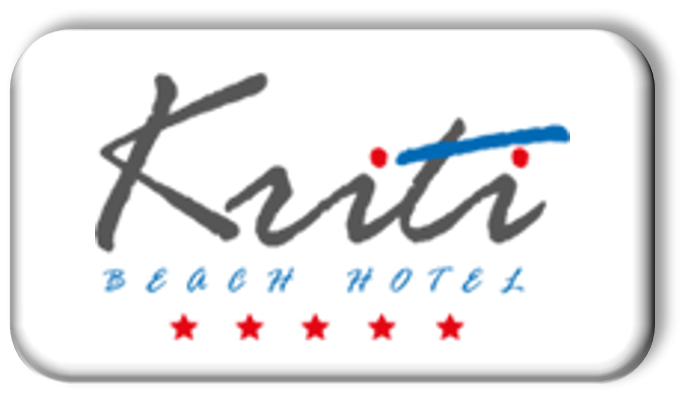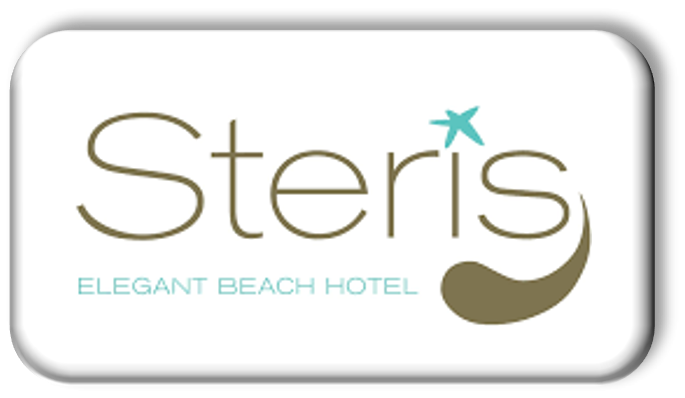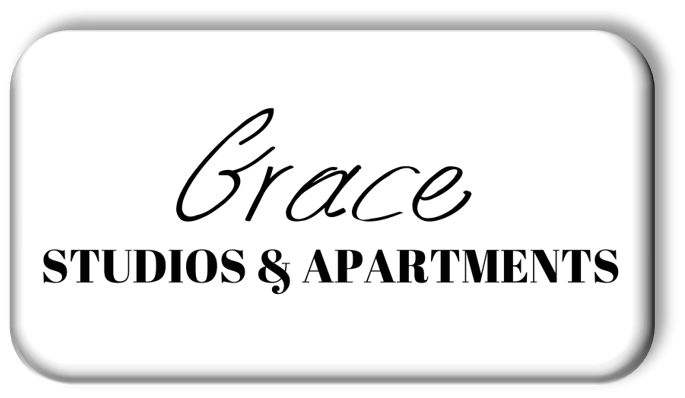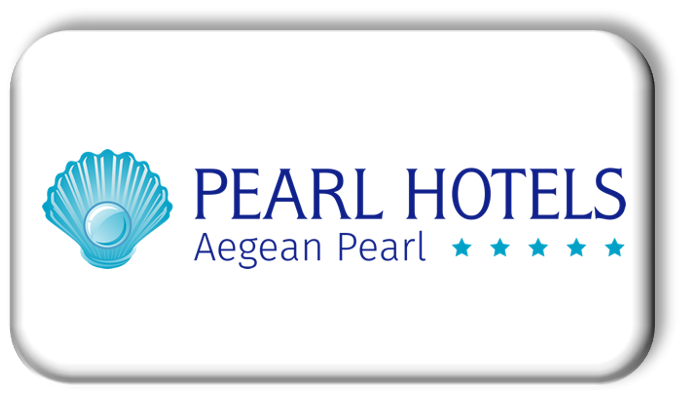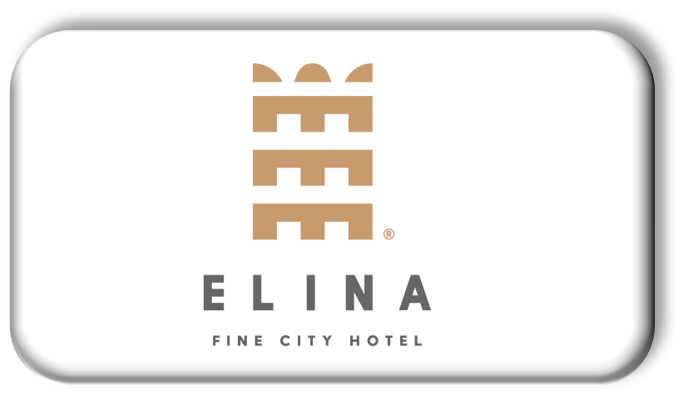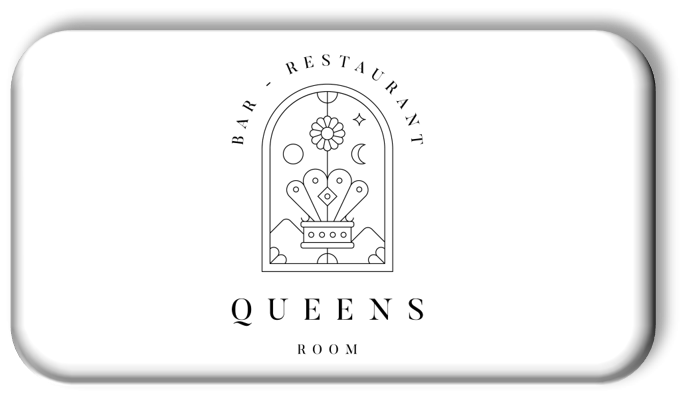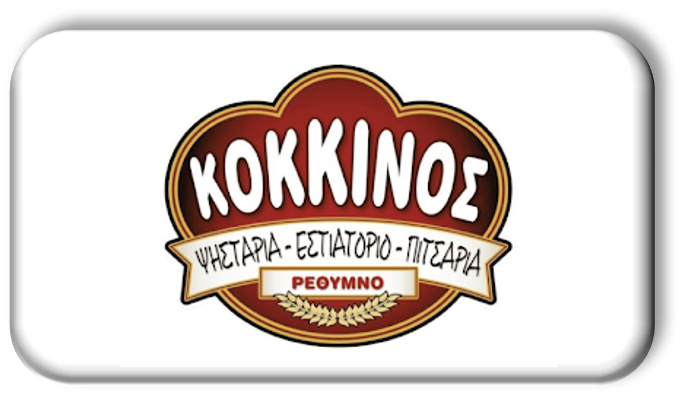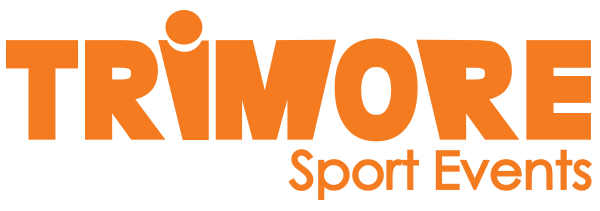Museums
Paleontological Museum
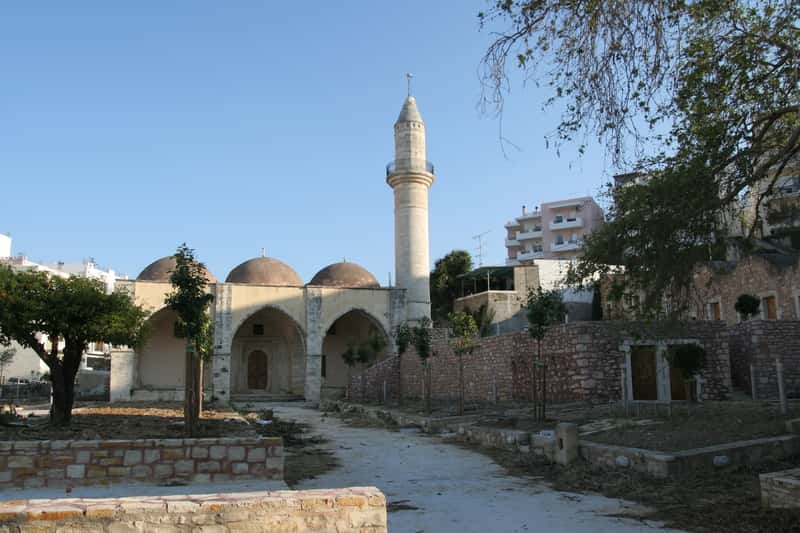
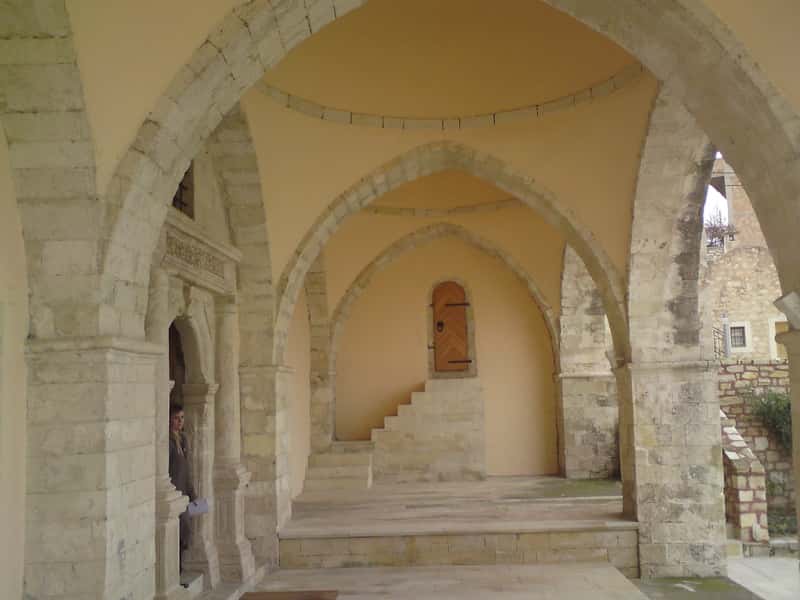
Satha & Markellou Street
It is housed in the Veli Pasha Mosque in Mastaba and operates as part of the Goulandris Museum of Natural History in Crete. The Museum's exhibition offers visitors various short stops in the evolutionary history of Crete over the last 300,000,000 years. Invertebrate fossils from the Paleozoic, Mesozoic and Cenozoic eras in Crete, together with texts, drawings, maps and information, inform visitors about the geological treasures of Crete. The museum presents bones, represented in real size, from dwarf Cretan elephants which are of particular interest, as well as material related to the deer of Crete.
Tel: +302831023083
Email: This email address is being protected from spambots. You need JavaScript enabled to view it.
Opening hours: April – October: Monday – Saturday 9:00 – 15:00, November – March: Tuesday, Thursday & Saturday 9:00 – 15:00
Ticket: €4
Rethymnon Archaeological Museum
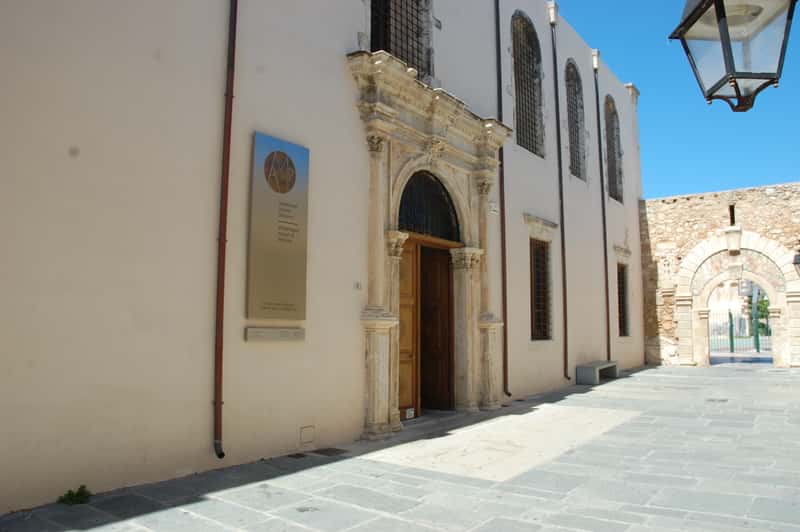
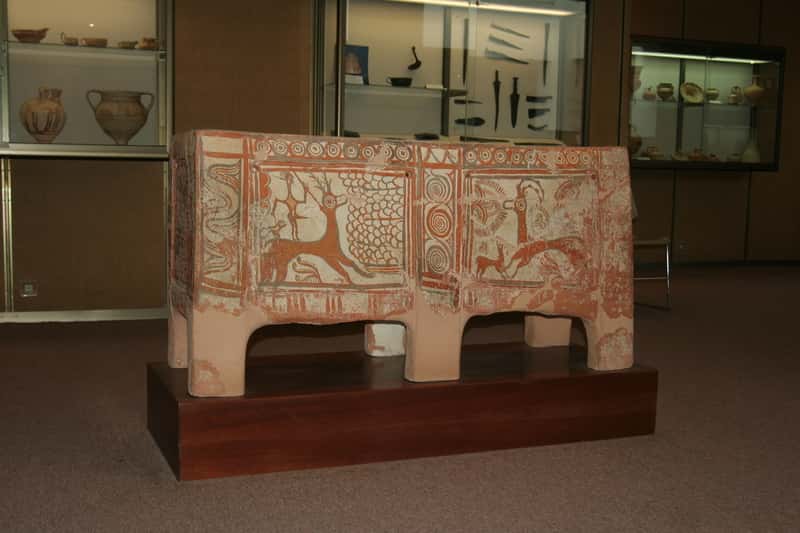
4 St. Francis Street
It is located in the heart of the historic center of Rethymno and is housed in the Venetian church of Agios Francis. The findings exhibited in the museum date from the Neolithic era to the era of Roman rule. The collection includes finds from caves, settlements and cemeteries of the Minoan era, as well as objects from the geometric, archaic, classical, Hellenistic and Roman periods brought to light by archaeologists during excavations in ancient cities and settlements from the wider region. Some of the most important exhibits are the helmet covered with wild boar's teeth, the relics from the late Minoan cemetery of Armenians, the statue of Aphrodite from Argyroupoli, the seals and the gold jewelry collections and coins.
Tel: 28310 54668.
Opening hours: daily 10:00 – 18:00 except Monday.
Ticket: €2, €1 for seniors over 65 years old, free entry for students.
The Forteza
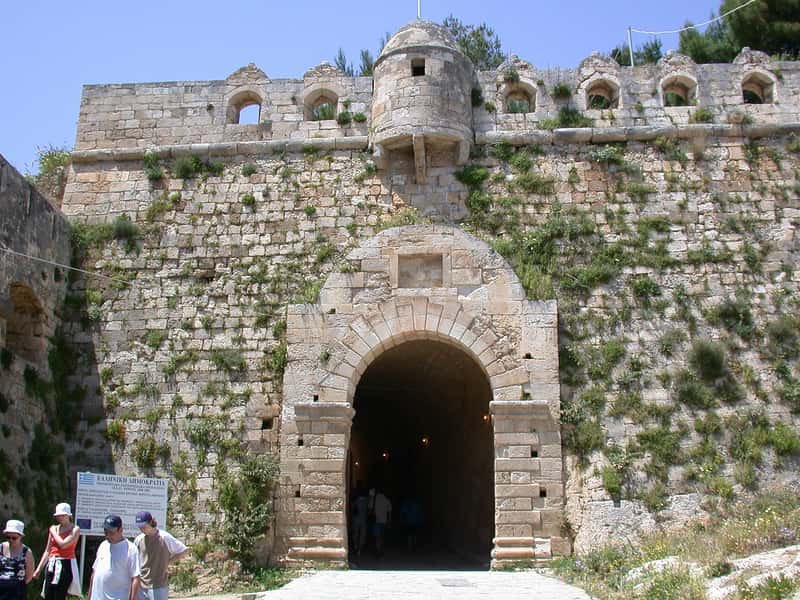
Ecclesiastical Museum
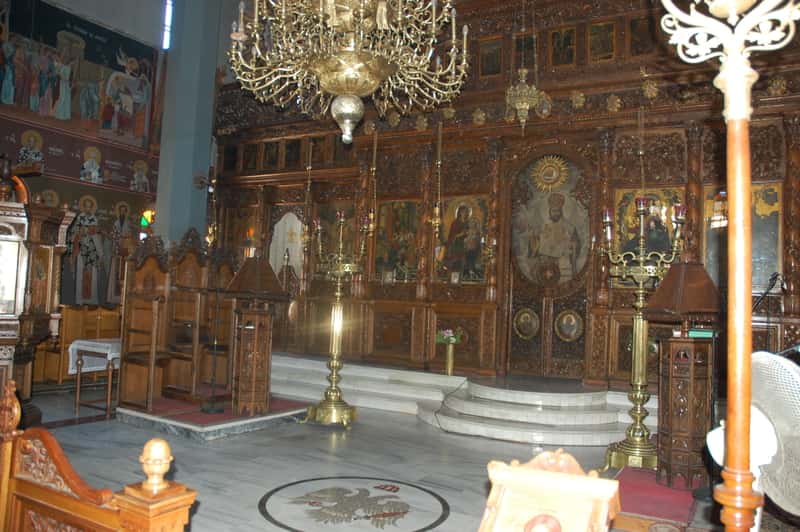
Rethymnon Historical and Folklore Museum
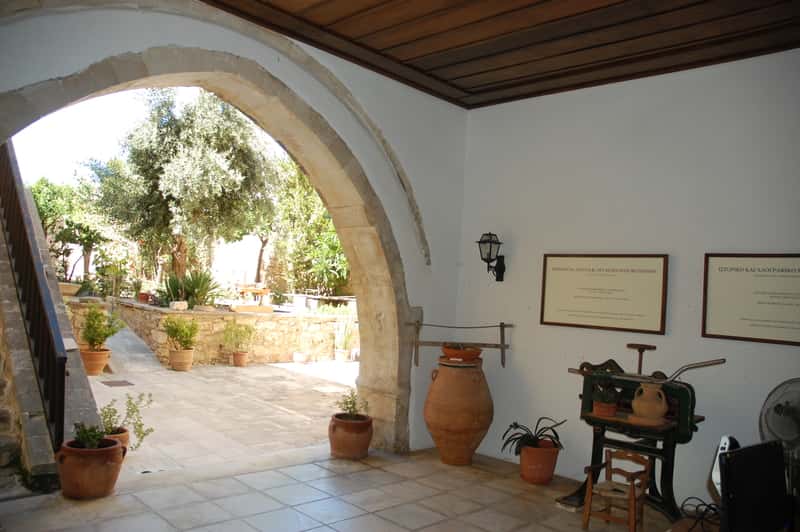
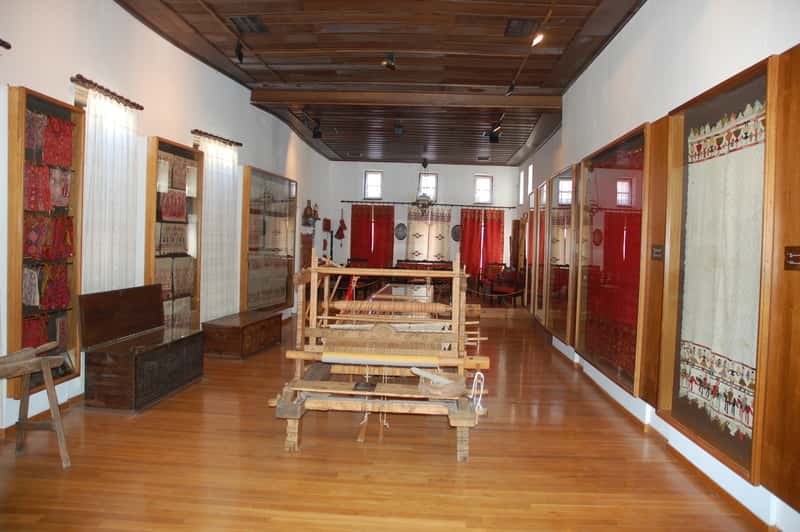
Museum of Contemporary Art of Crete
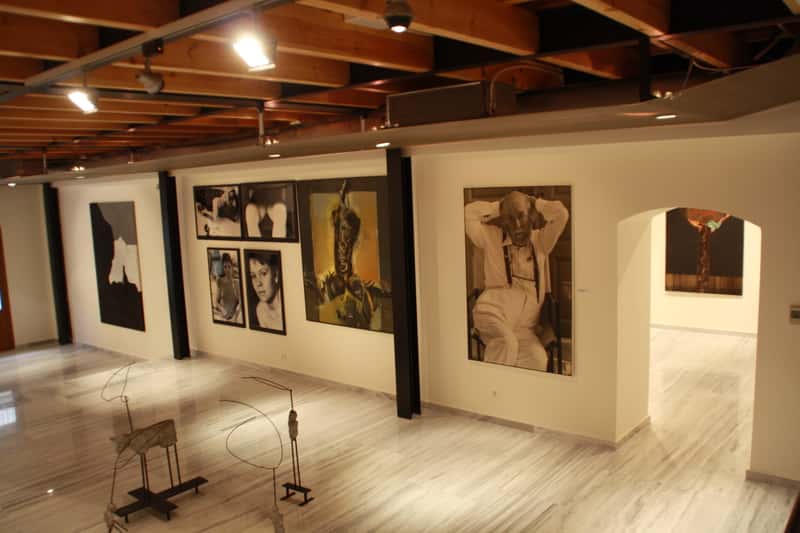
Monuments
Rethymno is full of history and traditions.The historic center is a mosaic of cultures full of color and vitality. Rethymnon is a city that has been continuously inhabited since 1600 BC.X. and in its architecture, culture and civilization are influenced by the Ottoman and Venetian rule, which give it a unique cultural identity. Walk through the narrow streets of Rethymno and discover the past in every corner.
Rimondi Fountain
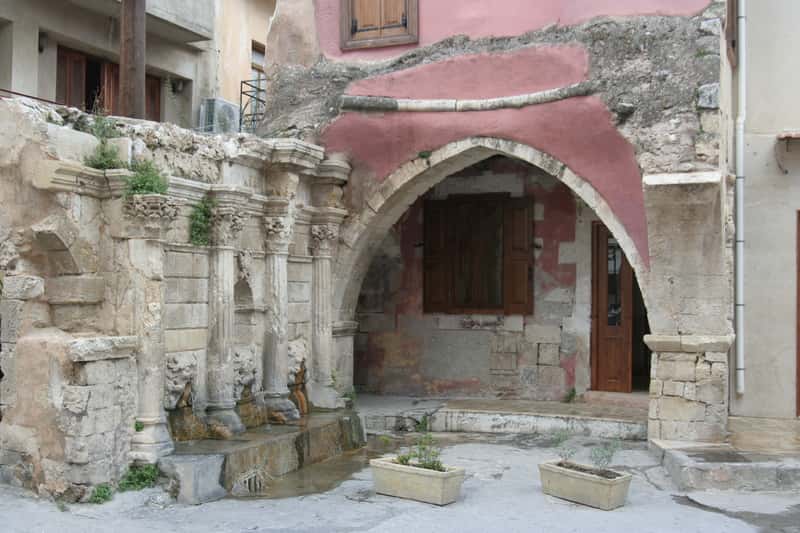
The Rimondi Fountain is located in Titou Petichakis Square. It was built in 1626 by the Rector of the city A.Rimodi and was the city's main water source.The Rimondi Fountain together with the Loggia and the Clock Tower (which no longer exists) demarcated the old Venetian square, which was designed according to the architectural model of St. Mark's Square in Venice.Today,the fountain still spouts water through the three lions' heads.
Loggias
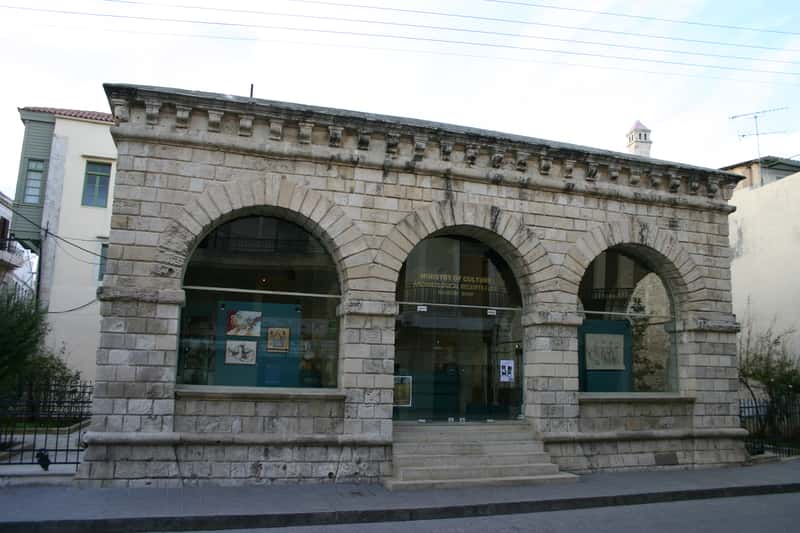
Loggia is located on Palaiologou street. Built in the 16th century by Michael Snamicelli in the center of the city and functioned as a meeting point for the nobles. During the Ottoman rule it was turned into a mosque, while today the Loggia belongs to the Ephorate of Antiquities of Rethymnon and has for sale copies of the Archaeological Museum.
Neradze Mosque
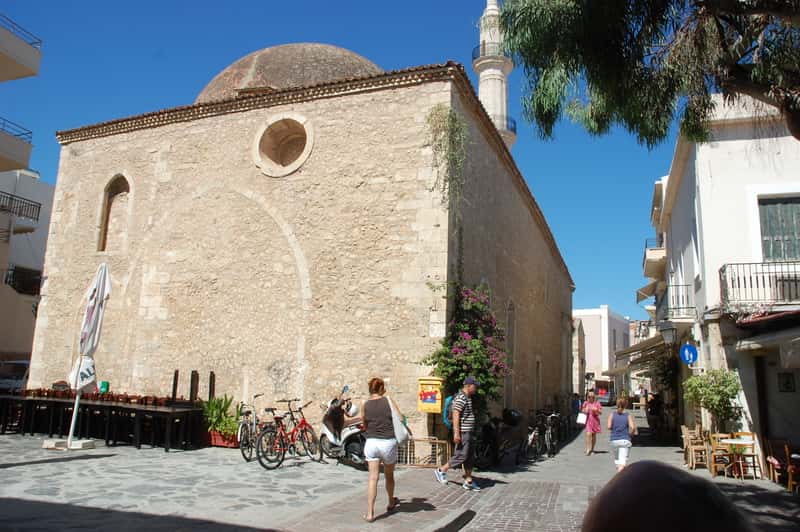
During the period of the Venetian occupation, the Neradze Mosque, located on Emmanuel Bernardou Street, was a church dedicated to Santa Maria of the Catholic order of Augustinian monks. In 1657 the temple became the central mosque of the city, with extensive changes such as the Ottoman dome. The minaret was also built in 1890 and the order stated: "to be the most beautiful minaret in the East". It is the tallest minaret in Rethymnon and perhaps the best preserved in Crete. Now,the Neratzes Mosque hosts the Rethymnon Conservatory.
Venetian Harbor - Lighthouse

The Old Venetian Harbor and the Lighthouse are two of Rethymno's most picturesque sights and a must-see for everyone. The port buildings were built by the Ottomans, but at the entrance there is still the Venetian Customs House, which today functions as an information point for the Municipality of Rethymno. The Lighthouse dates back to also, in the Ottoman period. Its founder was Mehmet Ali,governor of Crete from 1830 to 1840. Now idle from its old use, today it stands at the entrance to the old port as a reminder of earlier times.
Kara Musa Pasha Mosque
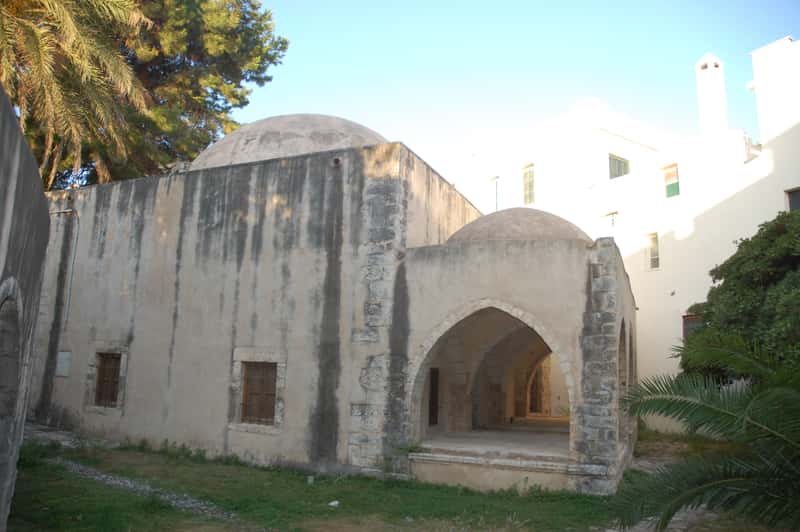
At the beginning of Arkadiou Street is the Kara Moussa Pasha Mosque, which was built in 1660 by Kara Musa Pasha. The small dome on the side of the mosque is said to be the tomb in which Kara Musa Pasha himself is probably buried, who died in 1692. Today the place hosts cultural events.
The Goora Gate
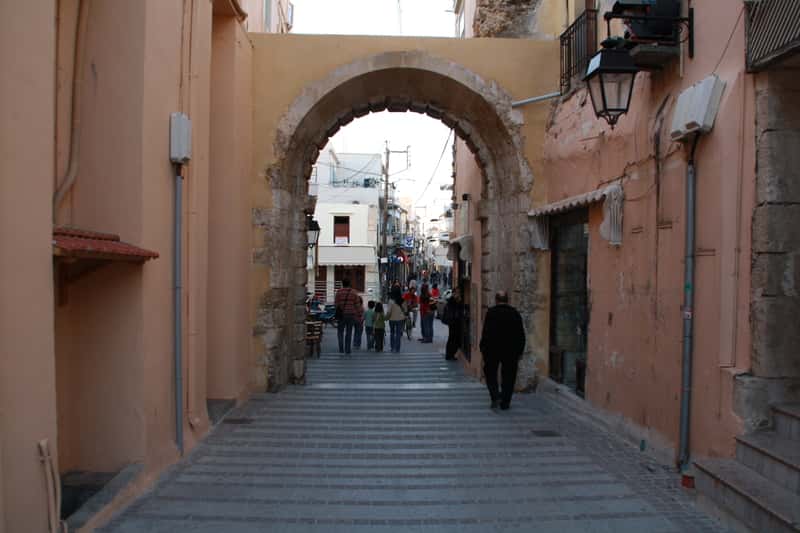
The Goora Gate is what remains of the Venetian Walls of Rethymno. It was built when the Rector of the city was Giacomo Guoro (1566-1568). It is the internal opening of a portico that pierced the walls, through the bastion of Santa Venerada. The Venetian symbol of a winged lion, which was at the Gate, it is now in the courtyard of the Loggia.
Τhe Metropolis
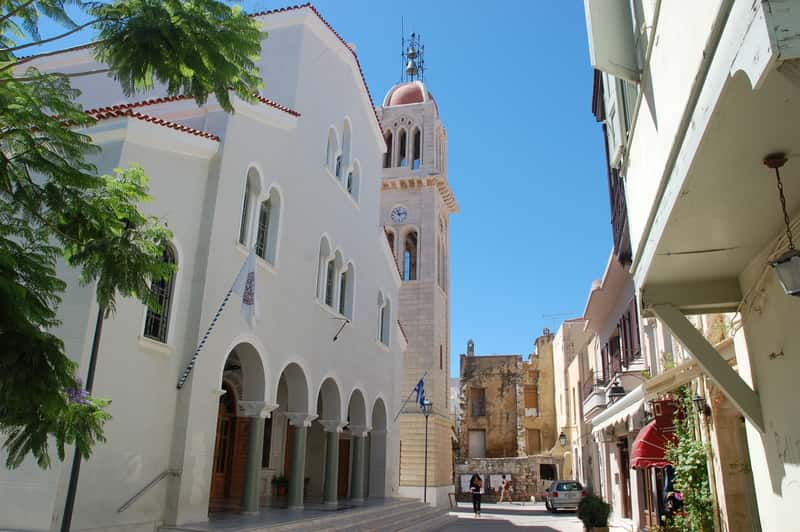
The cathedral is dedicated to the Entry of the Virgin Mary. This is why she is also called the Great Virgin. The old church, which was built in 1844, it was damaged by bombing in 1941 and finally demolished in 1956. The new building, however, has the same wooden stencil and iconography, which have been created in 1852 by famous Greek artists.
More Info you can find at www.rethymno.guide
